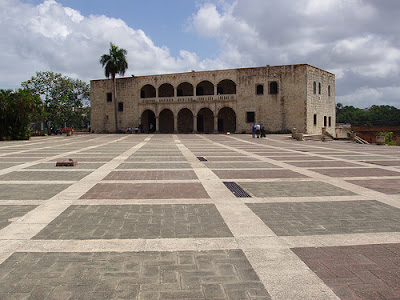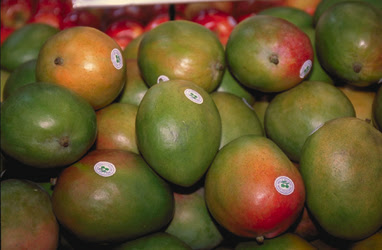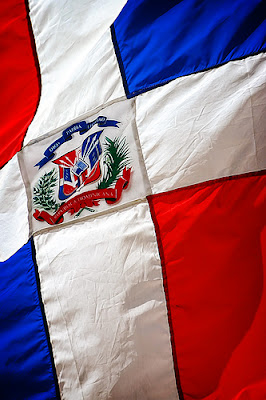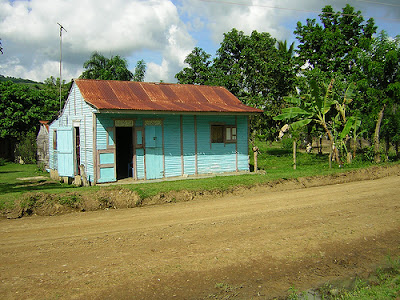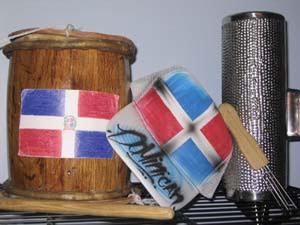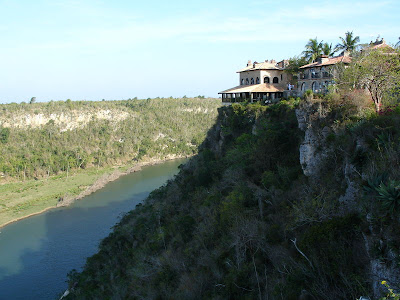This small, young country has a history that is difficult to summarize in a few words, but we will try to tell you the main historical facts in a few lines:

The original inhabitants of the islasnd were the Taino indians, who called their motherland "Quisqueya", which means "Mother of all lands", or "Bohío", which means "home" and is a word that in the local Spanish dialect means "hut, small house".
The ferociuos Caribe indians, who lived in nearby islands and gave their name to the Caribbean Sea, called this island Haiti, which means "land of mountains".
Cristopher Columbus discovered this island on December 5th, 1492 and called it Hispaniola. During its period as a Spanish colony it was never highly populated, so the paulatine arrival of French settlers ended up, after the Treaty of Ryswick between Spain and France in 1682, witht the divison of the island. The westernmost part became a French posession with 27,750 sq. km. while the eastern remained under Spanish rule with 48,734 sq. km. In 1795 France, after the Treaty of Basel, in 1795, took posession of the whole island.
On January 1st 1804, after a slave uprisng in the western part of the island, the Republic of Haiti was born.
In 1809, Dominican forces, led by landowner Juan Sánchez Ramírez, rose against French occupation. This rebellion intended to come back to the Spanish rule. However, this return to Spain plunged the island's economy into a state of total inactivity, called "la España boba" or "the foolish Spain".
This led to the proclamation of independence, with the name of Dominican Republic, in 1821, although it is invaded by Haiti the following year. This situation will last for 22 years until Juan Pablo Duarte, together with the members of a secret society called La Trinitaria manages to free the country and proclaim indepenence again in 1844.

Nevertheless, the convulse period that follows independence ends up with President Santana asking for reinstating Spanish rule in 1861. This will last only until 1863, when the War of Ristoration gives back its sovereignity to the Republic.
During the following years, unstability remains and the United States occupy the island during 8 years to ensure payment of outstanding debts. Later on, dictator Trujillo will rule the islend from 1930 up to his murder in 1961.
At this moment, struggle between left wing movements on one side, and the heirs of Trujillo ideology, cause an alternance of leftist goernments (Juan Bosch, from the Dominican Revolutionary Party, PRD), military putschs and eventually a new American invasion in order to "avoid another Cuba" in 1965.
In 1966, Joaquín Balaguer, former Trujillo's number two, wins the elections that took place under American occupation. He will stay in power for 12 years, among frequent accusations of fraud, in spite of a strong economic development.
From 1978 onwards, elections have allowed a peaceful alternance in power between the three main parties: PRD, PLD (an spin off from PRD) and Balaguer's PRSC, who managed to remain in power during 10 years more, from 1986 to 1996. As of today (2007) the president is doctor Leonel Fernández (PLD).

